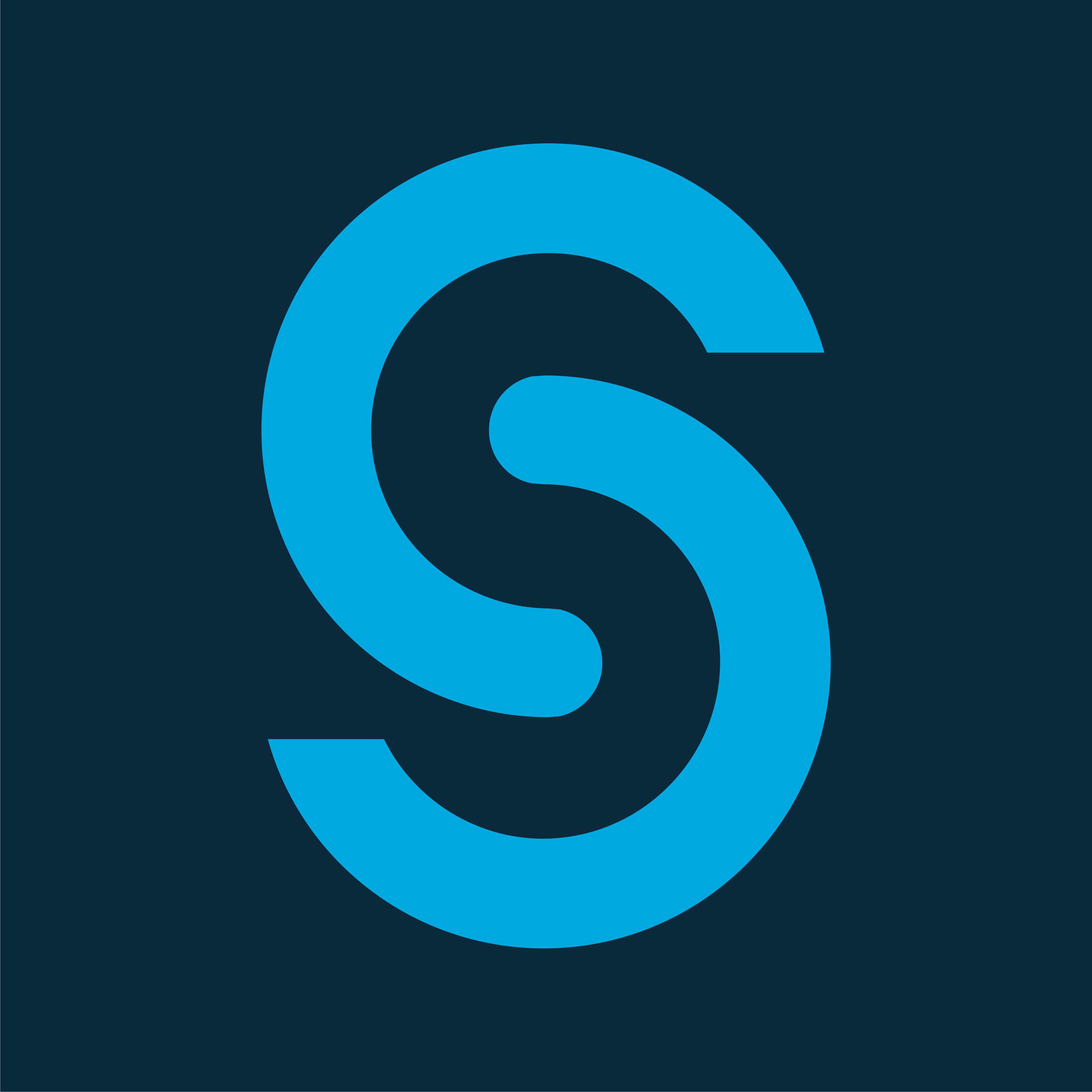In preparation for this year’s AMA conference, the market researchers in us wanted to gather data to better understand the changes and growth in higher education marketing and communications. Through our newsletter and social media, we distributed a quick online survey that covered a range of topics highly relevant at this year’s AMA—for example, work experience outside higher education, Trump vs. Clinton’s perceived impact on higher education, metrics and dashboards, social media, and budget/team size. In total we had 93 respondents complete our survey—thank you to everyone who participated. Here’s a look at our key findings and how they relate to what we learned at the conference:
1) 15% of participants have worked only in higher education while larger percentages of participants have come from marketing/advertising (35%), media (26%), or communications (24%). More and more, “outsiders” are joining higher education and playing a major role in marketing and branding efforts across universities. Our Jason Simon moderated a discussion, “A Whole New World: Thoughts and Reflections on Joining Higher Education from Industry,” featuring Mary Baglivo, Northwestern University; Matthew Mindrum, Butler University; and Nicholas Scibetta, Stony Brook University, who shared their perspectives on making the leap to higher education. One initial shock shared by all panelists: how open everyone within higher education is to sharing. From current marketing plans to specific marketing budgets, information is widely available and shared broadly among competitor and peer institutions.
Similarly, Dan Dillon at Arizona State University (ASU), an AMA keynote speaker, came from the consumer packaged goods and the restaurant industries. Across his work in the consumer space and in higher ed, he has learned that the principles of marketing seem to apply regardless of sector. Understanding your target audience, positioning your brand, and generating the right type of awareness and associations are key to success in any marketing efforts. And he’s had great success implementing many of these key marketing principles at ASU in developing the University’s bold brand platform.
2) 62% of respondents think Donald Trump would have a negative impact on higher ed, and 47% think Hillary Clinton would have a positive impact. With the upcoming election and increasing focus on the future of higher education, the keynote by the Gates Foundation’s Dan Greenstein on what higher ed will look like in 2025 was incredibly timely. Dan noted that by 2025, two-thirds of the jobs in this country will require a post-high school certificate or degree, and only 40 % of our population currently have one. At our current college completion rates, we’re going to have a sizable shortage of qualified individuals to fill the jobs of 2025. Dan painted two scenarios for our country in 2025: one in which we have met our higher education opportunities and challenges with innovation and commitment to quality and equity, and another in which we allow self-satisfaction at the expense of economic development and social mobility. The challenge will be getting more of the currently unserved market segment into college and helping them graduate so we can correct this shortage as a nation.
3) 72% of respondents do not have a cross-unit/department dashboard that is used to display and monitor marketing and communications metrics. Our Elizabeth Johnson and Sharon Higgins from Loyola University of Maryland shared example dashboards from Loyola and other institutions as a way to track your marketing and branding over time. Prior to her session, Elizabeth reached out to six friends at colleges/universities to see if they had a dashboard to track their marketing metrics. Nearly all responses were “we are planning to,” “we don’t have one yet,” “I wish,” or “I am not worthy.” Rest assured you are not alone if you don’t have a dashboard; however, know that you need one.
4) For those who do have a dashboard, the top key performance indicators tracked are website performance (74%), social media engagement (68%), and digital marketing metrics (68%). Elizabeth and Sharon made an important point here: measurement begins with strategy, and strategy is built around your goals. Specific goals = specific/meaningful metrics. There are no right or wrong metrics to include in your dashboard; however, it needs to be built around your goals and reflect your tactics. Some of the dashboards shared were from Miami University and Ithaca College. Sharon shared the dashboard that her Marketing and Communications team created for a new client, The School of Education, illustrating not only the School’s movement year-to-year, but demonstrating the many benefits of working and partnering with Marcom.
5) Participants noted that Facebook (70%), Instagram (61%) and Twitter (58%) receive the most engagement from students and prospects. While there were many insightful sessions on social media at AMA, two that stand out are those with Jill Marateck at Drexel University and Kayla Hersperger at Slippery Rock University. Jill discussed how she is surviving and thriving as a Marcom machine of one! Her top piece of advice? Build your arsenal and get the tools you need—in particular, social media. However, she is quick to advise to focus on the social media that you need and to think about what channels work best for your institution. At Drexel she has noticed that Twitter and Instagram work great for engagement with employers, while Facebook works best with prospective students.
Slippery Rock University – 1 of 3 publics that grew enrollment within the last year – credits much of its growth to social media strategy. About engaging with students and prospects, Kayla points out that millennials want people to care for them and jump through hoops for them. To show she cares, Kayla will often respond to tweets from prospects and current students at 8:30 p.m. or even on weekends.
Thanks again to everyone who took the time to respond to our survey, and we look forward to seeing you at AMA 2016 in Los Angeles. The full report and survey findings are available here to download.











